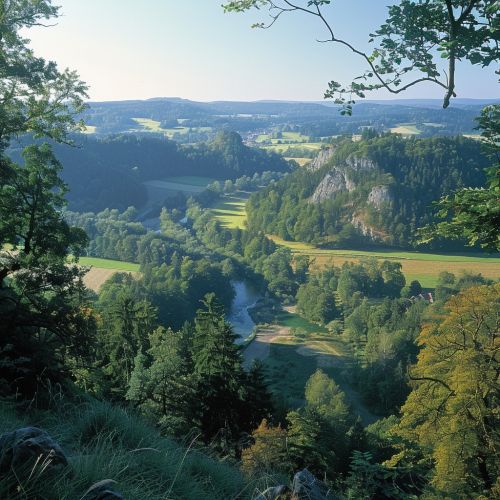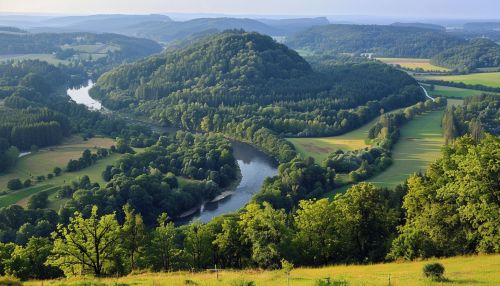Baden-Württemberg
Geography
Baden-Württemberg is located in the southwestern part of Germany, with the Rhineland forming the western border and the Danube running through its southeastern regions. It is the third largest of Germany's 16 states in terms of both area and population, covering an area of 35,751 square kilometers and housing approximately 11 million residents.


History
The region of Baden-Württemberg has a rich and complex history. It was once home to the ancient Celtic tribes before it was conquered by the Roman Empire. After the fall of the Roman Empire, the region was divided into numerous small states, including the Duchy of Swabia, the Margraviate of Baden, and the Duchy of Württemberg. These states were later unified to form the present-day state of Baden-Württemberg in 1952.
Economy
Baden-Württemberg has a highly diversified economy with a strong emphasis on industry and services. It is home to many globally recognized companies such as Mercedes-Benz, Porsche, and Bosch. The state also has a strong agricultural sector, with wine and fruit production being particularly significant.
Culture
Baden-Württemberg is known for its rich cultural heritage. The state is home to numerous historical sites, museums, and festivals that reflect its diverse cultural traditions. The Black Forest region, in particular, is renowned for its unique customs and folklore.
Education
Baden-Württemberg boasts a robust education system, with numerous renowned universities and research institutions such as the University of Heidelberg and the University of Stuttgart. The state's education system places a strong emphasis on science and technology, reflecting its industrial heritage.
Politics
The political landscape of Baden-Württemberg is characterized by a strong tradition of democracy and civic engagement. The state is governed by a coalition of the Green Party and the Christian Democratic Union, with the Green Party's Winfried Kretschmann serving as the current Minister-President.
